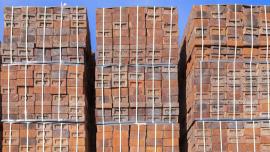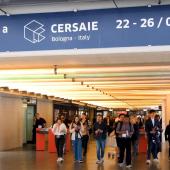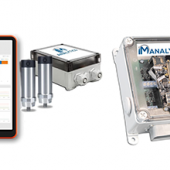The hydrogen revolution: Michelmersh rises to the challenge
The UK-based giant is preparing to produce the world’s first 100% hydrogen fired clay bricks. HyBrick™ the dedicated brand.
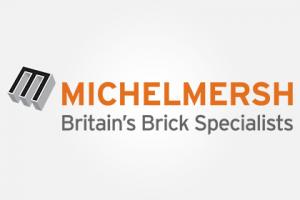
Michelmersh Brick Holdings, one of the UK’s largest brick manufacturers, is preparing to produce the world’s first 100% hydrogen fired clay bricks.
The UK-based giant, owner of the brands Blockleys, Carlton, Charnwood, Floren.be, Freshfield Lane, Michelmersh and Hathern Terra Cotta, has received approval from the UK Government’s Department for Business, Energy & Industrial Strategy (BEIS) to launch the Deep Decarbonisation of Brick Manufacturing project to replace natural gas with hydrogen in the brick making process.
The proposal is part of the Industrial Fuel Switching competition launched by the UK Government as part of the broader £1 billion Net Zero Innovation Portfolio (NZIP) which aims to fight climate change by providing funding for the development of innovative low-carbon technologies, systems and processes in the energy, building and industrial sectors. In this project, Michelmersh aims to inspire radical change across the sector and present opportunities and evidence-based research to support manufacturers on their journey to heavily decarbonise the production processes.
In order to promote awareness of progress in the various stages of the project, the UK company has created HyBrick™, a dedicated brand which will be used for the new hydrogen fired bricks.
“We look forward to the challenges ahead and are proud to stand at the forefront of the journey towards decarbonisation in our industry,” said Frank Hanna, Joint CEO of Michelmersh. “While we have seen energy costs rise due to environmental and political factors, this incredible application of technology and innovation allows the Group to reduce its costs considerably, improve its resilience and welcome new products that take sustainability to a whole new level. The team understands the impact this project could have if successful. However, it also recognises there is a long journey ahead before hydrogen is fully tested throughout the multiple different production processes or is financially viable to expand to all our sites.”
Michelmersh will work with a team of expert partners including the University of Brighton, Limpsfield Combustion, Greater South East Net Zero Hub, Net Zero Associates, FT Pipelines, Geopura and Safety Monitors.
Phase 1 of experimentation: study, analysis, tests and controls
Experimentation began in spring with fuel switching feasibility studies at the Freshfield Lane site, where Michelmersh introduced green hydrogen in a pilot kiln. At the same time, its partner Limpsfield Combustion carried out laboratory tests on the burners to evaluate their energy efficiency.
The study will also test specific infrastructure components to prove hydrogen firing capability and determine any impact on overall quality, brick integrity or aesthetics.
Data will be collected and analysed to ascertain any effect on process temperatures or stability. The bricks will then be compared against control bricks (produced using 100% natural gas) to ensure they meet all technical requirements in terms of durability and structural performance.
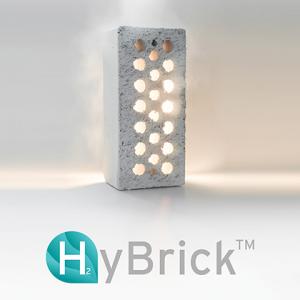
Dedicated health and safety risk analyses alongside air quality performance testing will be conducted throughout the project. As well as producing clay bricks with zero operational carbon, the use of green hydrogen also provides the opportunity to significantly reduce clay brick’s embodied carbon by over 60%. The group is preparing a select quantity of the HyBrick™ products to send to its most engaged customers and stakeholders.
Shaping Genuine Sustainability
Alongside the plan for the transition to green hydrogen, in its Sustainability Report 2021 entitled “Shaping genuine sustainability” Michelmersh presented all the guidelines, timelines and actions aimed at achieving net-zero carbon by 2050, simultaneously launching the “Think Longer” campaign to highlight the impact of design choices on the carbon footprint of buildings. The group will provide regular progress reports and updates on the goals achieved through its green investments, including solar panels and wind turbines, rainwater harvesting and the reduction of plastic packaging. The group is also committed to promoting circular processes by recycling waste clay and other materials and re-introducing them into the production cycle.
“100% of our electricity will be provided by green suppliers and renewable sources from October 2022, with other onsite renewable energy sources already on the ground at Michelmersh sites,” adds Frank Hanna. “We believe that promoting genuine sustainability means striving to reduce a building’s carbon footprint over its entire lifetime, from cradle to grave.”
The London Stock Exchange listed group posted consolidated 2021 revenue of £59.5 million, a double-digit increase on both 2020 (+14.4%) and 2019 (+11.2%). The outlook remains positive for the current financial year, with high demand across all key markets and a strong and balanced order book.
“The ongoing Covid-19 pandemic together with the elevated inflation risks in the UK economy mean that we operate in a more challenging environment, but the buoyancy of the construction sector and the resilience of our business model allow us to look to the future with complete confidence,” said chairman Martin Warner. “We will continue to invest in projects that address our strategic objectives to expand the manufacturing capacity (we completed work on increasing kiln drying capacity at Carlton at the start of 2022), support continuous improvements in production efficiency, de-risk processes and deliver long-term sustainability. We therefore remain confident and focused on delivering a quality product and service to our customers.”
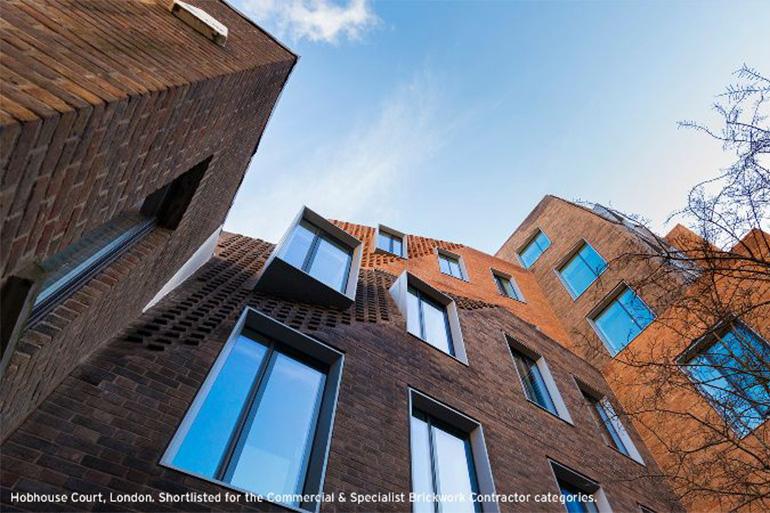
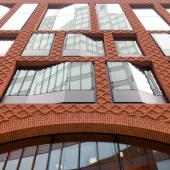

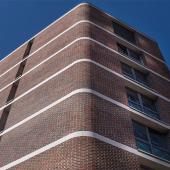
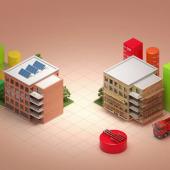
Did you find this article useful?
Join the CWW community to receive the most important news from the global ceramic industry every two weeks







